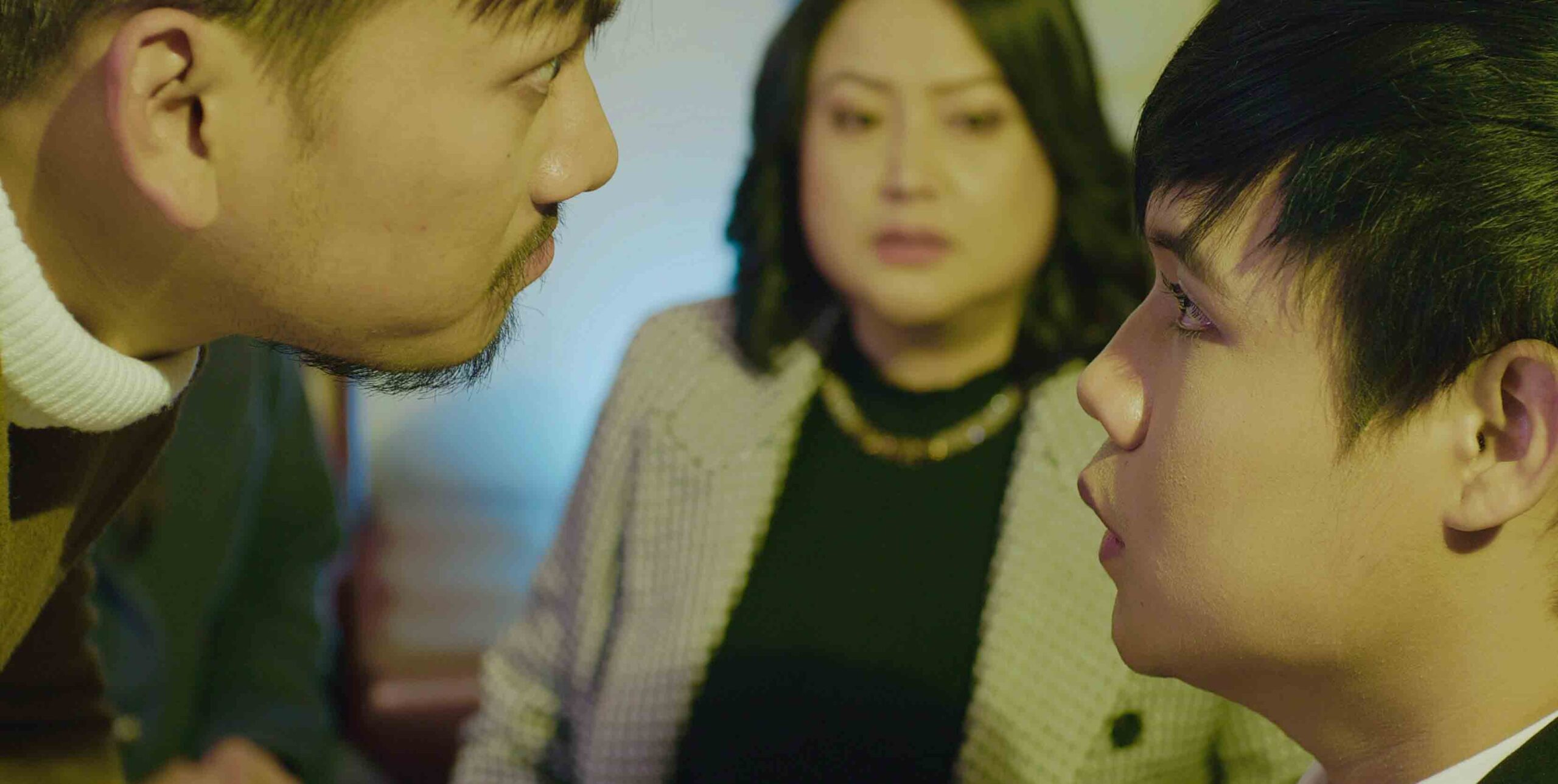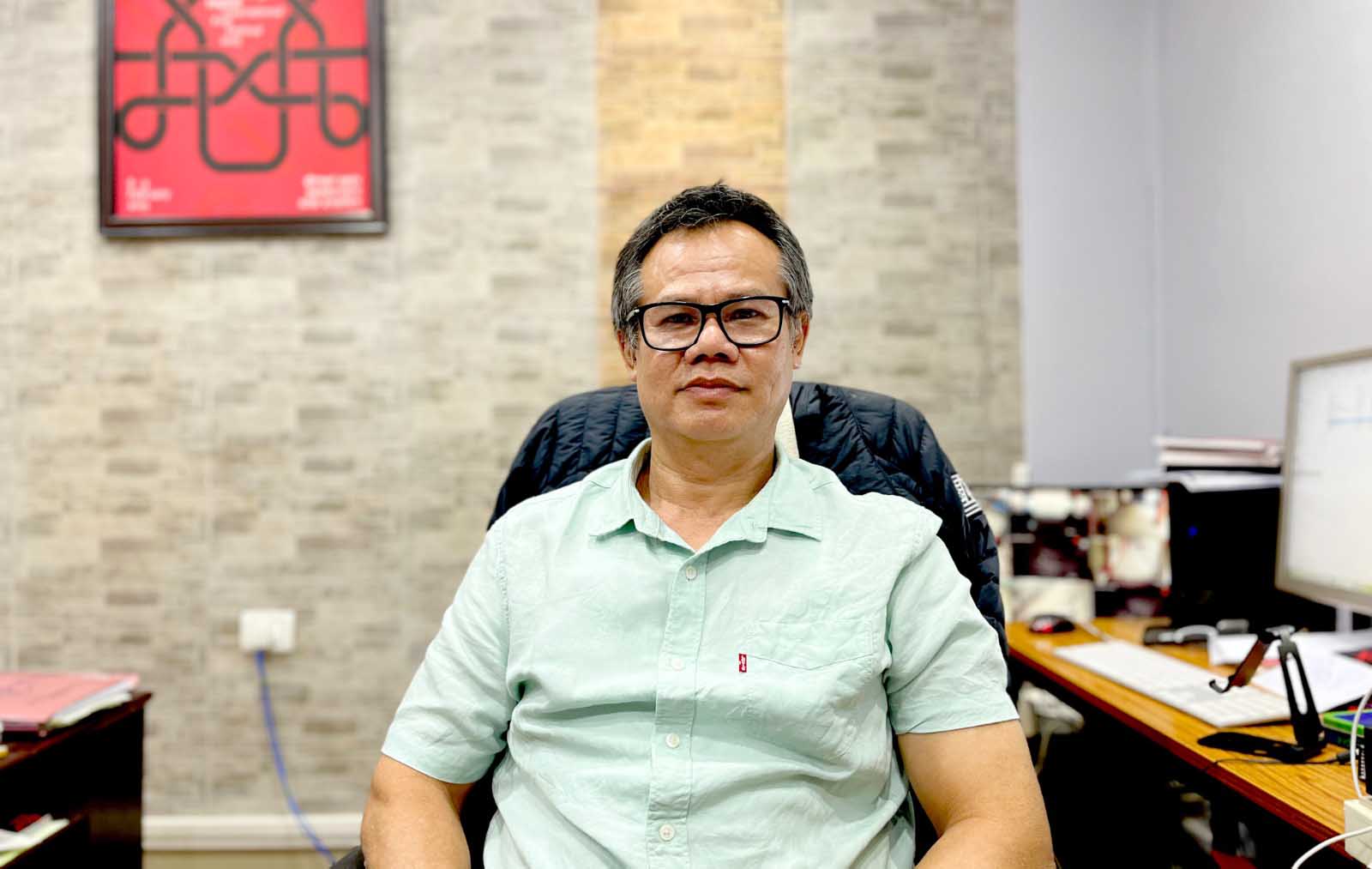The first discovery you make studying the artefacts at the Manipur State Museum is that all the communities in the state have historically been protagonists in their own right in the state’s varied and spectacular stage. Unlike the portrayal elsewhere, like in the political sphere, where the hills people are mostly thought of as victims of the geographical, cultural, and community divisions present in the state, a visit to this museum throws much light on the actual day to day reality of life in the state. One can’t miss the fact that the hills’ culture is so rich and unique that we come to know for sure that such richness of life can never be the position of one in servility, which notion is the nearest most would believe today oblivious to the nature of the continuous coexistence.
One would also argue that if the Meiteis are known to be civilised and advanced culturally it is impossible that they would have been so at the cost of the smaller communities which dot the landscape of the state. The fact that Manipur’s culture finds mention directly implies that the valley people have always been equal to the outlook in the hills, otherwise how could a schism in the two allow refinement in the valley and something else in the hills. In Manipur civility has been known to be part of civilisation. When the two and more cultures assimilate at the museum’s eight well displayed galleries no one would miss the history of a liberal Manipur. And notably it’s in putting across these finer details of Manipuri civilisation that the state museum plays a leading and unmistakable role.
Manipur’s history is traced long back to Paleolithic tools found from the Khangkhui caves in Ukhrul, Songbu cave in Chandel and Nongpok Keithelmanbi in Senapati; Haobinian stone tools from the Tharon caves in Tamenglong; and Neolithic remains from sites in Nongpok Keithelmanbi, Napachik in Bishnupur, and Laimanai and Phunan in Thoubal. Later artefacts include the gold armlet of Churachand Maharaja from the colonial times and Bhagyachandra Maharaja’s shirt before that time. Also on display are the silverware used by Maharani Dhanamanjuri and royal utensils from a period much before her too. Rare headgear and feathers worn by the hills people along with elaborate hunting kits, innovative grass and leaf sun and rain coats, as also agricultural implements, smoking pipes, dry gourd containers and bell metal ware show how imaginative the hills people were in designing these essentials of daily use. All the 34 recognised hills tribes are represented in extensive detail at the museum along with the displays of the valley area which are generally those with royal background and belongings of the nobility, including vast numbers of coins and iron smelted at Kakching.
Each artefact at the museum can lead us to a fascinating, thrilling and adventurous history viewers may not know about Manipur. They are like clues to rich traditions of the various communities in the state and bring the communities to a cordial face to face closeness despite the reality of this age being that people are lost to even their own lifestyles. The displays take us towards knowing who we are and where the communities belong. The museum has been a landmark for tourists as well, both foreign and domestic, who manage here a quick glimpse of interesting sites they did not get the time to visit. Priceless archaeological relics like the golden riderless horse, gold jug, gold floral decorative, gold mythical bird and gold mask with skull inside are noticeable along with stuffed beautiful Nongin birds with its original preserved eggs, megaliths from Willong village, dry stuffed and chemically treated Sangai deer, the now extinct Sareng Khoibi fish and purchased or gifted idols of gods, goddesses and heroes.
Though the state has its plan to bring in tourists from abroad there’s also a whole lot of domestic tourists in the state and in neighbouring states who could find inspiration from the activities of the museum to travel to different locations in Manipur. All tourist spots in India have first been on the local tourists’ circuit before they became attractive to international tourists. The museum, given the proper resources, can do so much to promote tourism by holding programmes involving local areas and peoples of different communities. It’s doing its part though by organising yearly 5-7 days workshops and 10-day cultural appreciation course to promote the culture of the state, according to Curator Mrinashree Mairembam. These are attended by students and government departments like the zoo people in Imphal.
There are other museums in the state too; one at the Kangla, one at Andro and another one at INA Moirang among others, but the difference is that, says Mrinashree, the Manipur State Museum is a multi-purpose and multi-disciplinary museum while the other museums have only one specific theme. For instance the INA museum is based on World War II although both the state museum and the INA museum were opened on the same day, September 23, 1969, by the then Prime Minister Indira Gandhi.
The Curator also says urgent funds are called for if the museum is to be transformed into a modern museum of repute. Due to the Covid-19 pandemic an application to the Government of India’s Ministry of Culture has been delayed, but she is hopeful of getting funds from that quarter to improve on the museum. The 30 or so allotted staff are reduced to 12-13 at the present moment and this needs to be augmented and though the museum is closed since March the upkeep has to be met. The collection of artefacts entails an extensive almanac with research, detailed information and quality editing, but funds are a mere pittance and a shame to even mention, she says.
One can imagine the importance of the museum from the fact that people have to wait for a whole year before they can get a look at many of the rare golden artefacts which are otherwise not displayed at the museum hall due to security reasons. The Manipur State Museum would be more priceless by the day, as much as its displays are today, if the government and private individuals make it a successful venture of the state.











